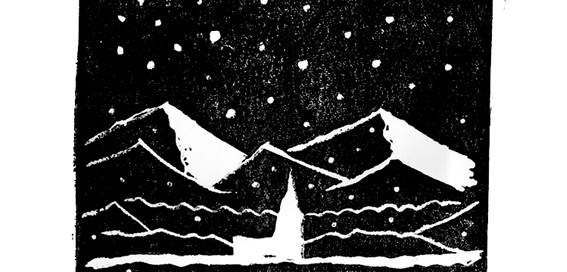EMBRACE THE SOLSTICE
During these dates, the animal kingdom and the nature that surrounds us begin the time of hibernation. Exhausted bodies seek heat, darkness and silence. The trees lose their leaves. The forests remain silent. It is a time to descend and rest, to assimilate, from calm and stillness, everything that has happened during this year that ends. But what happens around us? Lights, noise, traffic, consumption ... It seems that they want to drag us to the opposite place to which the body asks us. Let us then embrace the sense of solstice. Let's get carried away by this natural tendency that pushes us to go inward, as all creatures do. The cold is only bitter if we are far from the heat of our homes. If we follow the smooth and calm path towards our inner feelings we will see how winter, in fact, is kind since it allows us to enter the darkness of ourselves, listening, accepting and loving. Winter eliminates distractions, noise and presents the perfect time to rest and retire. Then it will restart all over again with the new year, and as a seed planted in the depths of the earth, we will rise with renewed energies once again to run, laugh and dance under the sunlight. Enjoy winter and happy advent to everyone.





